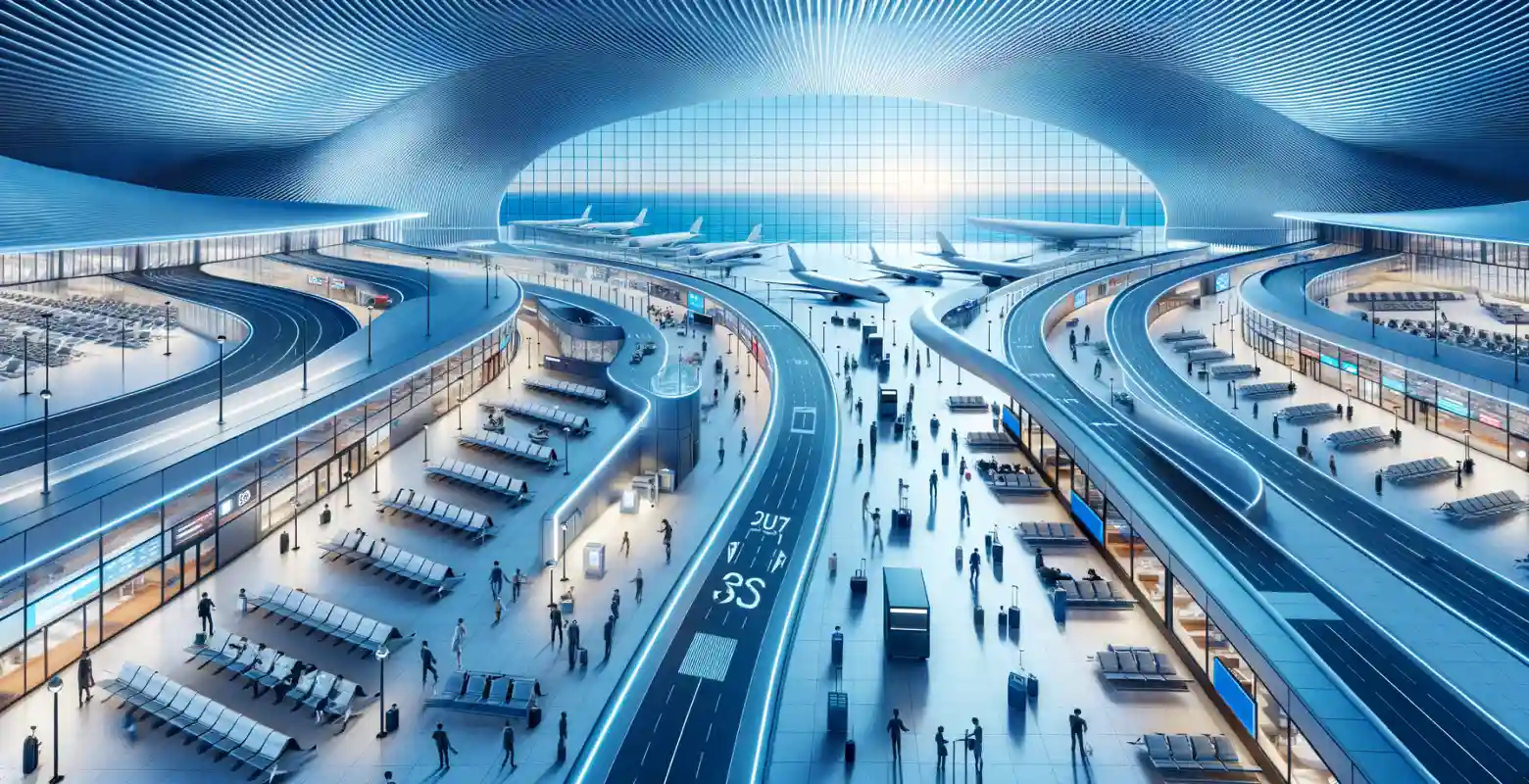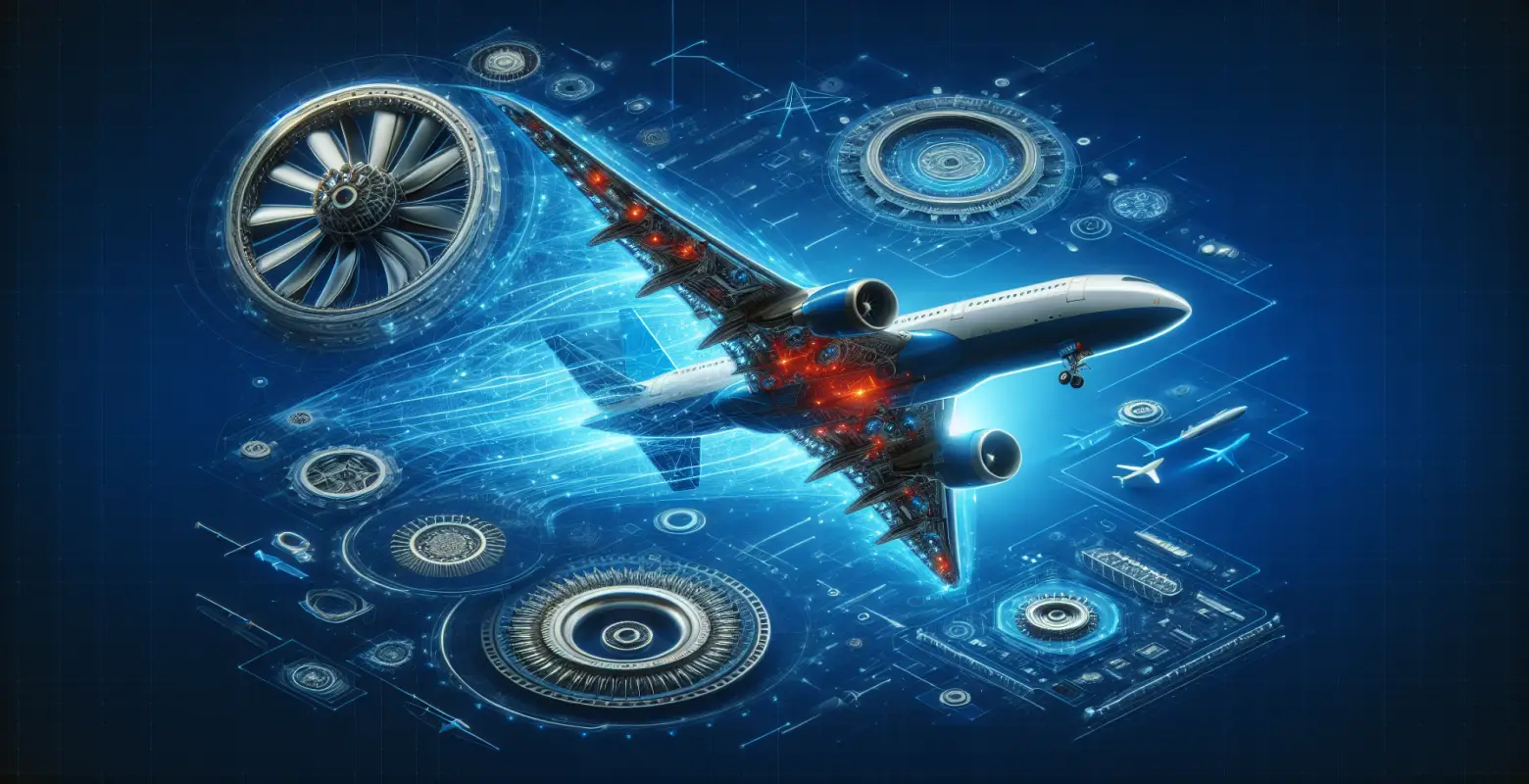What are the most modern airports in the world?
Introduction
In today's rapidly evolving world, air travel has become an integral part of many people's lives. Airports, serving as gateways to global travel, play a crucial role in ensuring the smoothness, safety, and comfort of travel. As technology advances exponentially, airport infrastructure is also undergoing transformation, adopting increasingly advanced solutions. In this article, we will take a look at the most modern airports in the world that set new standards in passenger service, sustainable development, and technological innovation.
Technological Innovations at Airports
Modern airports worldwide are investing in technologies that not only streamline operational processes but also enhance passenger experiences. One of the key trends is automation, which includes the use of self-service systems for baggage check-in, security checks, and boarding gates. Changi Airport in Singapore, known as one of the most advanced in the world, has introduced biometric systems for passenger identification, significantly reducing waiting times and improving security.
Artificial intelligence also plays an increasingly important role. For example, Incheon Airport in South Korea uses AI to analyze data to optimize passenger flow and resource management. Intelligent systems monitor the flow of people, allowing for dynamic adjustments of available resources, such as staff and equipment, to current needs.
Sustainable Development and Ecology
Sustainable development has become a priority for many modern airports that aim to minimize their impact on the environment. Oslo-Gardermoen Airport in Norway is an example of an airport that successfully combines modernity with ecological solutions. It is powered by renewable energy, and its infrastructure is designed with energy efficiency and CO2 emissions reduction in mind.
Another example is Hamad International Airport in Qatar, which has implemented systems for collecting and utilizing rainwater and solar panels that cover a significant portion of energy demand. These airports set new standards in ecology, demonstrating that it is possible to combine high-quality services with environmental care.
Comfort and Passenger Experiences
21st-century airports are not limited to transportation functions alone. They have become places where passengers can experience luxury, entertainment, and relaxation. Changi Airport in Singapore stands out not only for its advanced technologies but also for a wide range of amenities for travelers. There are themed gardens, pools, cinemas, and relaxation spaces that make time spent at the airport enjoyable and relaxing.
Similarly, Dubai Airport offers passengers access to luxurious lounges where they can rest in comfortable conditions, enjoying high-quality services. Such amenities are a key element of airport strategies aimed at maximizing customer satisfaction and loyalty.
Challenges and Future of Modern Airports
Despite numerous innovations, airports face a series of challenges that must be overcome to ensure further development. One of the main issues is ensuring security in the face of increasing numbers of passengers and technological threats. The implementation of advanced security systems, such as body scanners or predictive analytics, is essential to maintain a high level of protection.
Airports of the future will also have to meet challenges related to infrastructure and space management. The dynamic growth in the number of passengers requires proper expansion of terminals and runways, which involves investment and spatial planning.
However, the future of airports looks bright thanks to further technological innovations. The development of air transport, including electric and supersonic aircraft, will contribute to further transformation of the aviation sector, with modern airports playing a key role in this process.
Conclusion
In conclusion, the most modern airports in the world are not just transportation centers but also places where technological innovations, ecology, and passenger experiences meet in harmony. Examples such as Changi, Incheon, or Oslo-Gardermoen airports show that it is possible to combine high-quality services with environmental and safety concerns. As technology continues to advance, we can expect airports to continue evolving, offering even better and more sustainable experiences. For travelers, this means not only more convenient journeys but also greater engagement in protecting our planet. Therefore, it is worth observing these innovations and drawing inspiration from them for the future.






Number of comments: 0